Off Broadway Tickets
Book your spot for the 2024/2025 Off-Broadway season now.
Find the best Off-Broadway shows in NYC. Dive into the best and newest plays and musicals with “Broadway Show Tickets,” your go-to source for all things theater in New York City. Off-Broadway shows are famous for their close-up feel and innovative performances, and they often make their way to the bigger Broadway stages. This is your chance to see future hits before they go big. Uncover a stunning repertoire of theater performances in New York this season. Trust “Broadway Show Tickets” to get your verified theatre tickets. Get ready for a night full of magic and exciting storytelling, all at a great price. Come and experience the magic of theater.
Contents
Schedule & Tickets
Off-Broadway Show Listings
Off-Broadway Theatres
Comedy Tickets
Ballet Tickets
Opera Tickets
Off Broadway Tickets
Off-Broadway Shows 2024/2025
Upcoming Shows: 2498
-
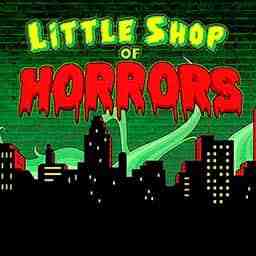 Apr2720242:00 PMSatWestside Theatre Upstairs | Capacity: 29910036, 407 West 43rd St, New York, NY, USPrices from $194TicketsAvg. price ~ $25211 tickets remaining!
Apr2720242:00 PMSatWestside Theatre Upstairs | Capacity: 29910036, 407 West 43rd St, New York, NY, USPrices from $194TicketsAvg. price ~ $25211 tickets remaining! -
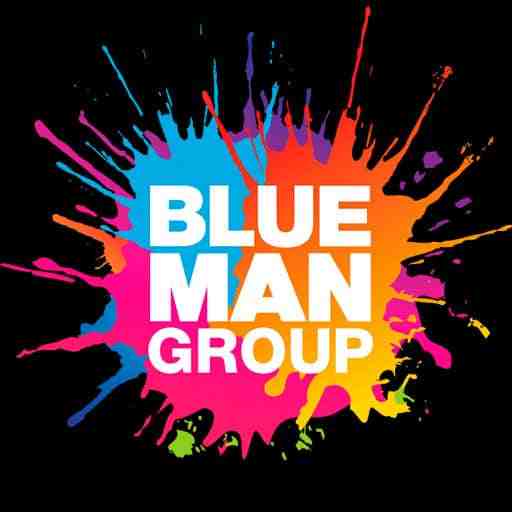 Apr2720242:00 PMSatPrices from $79TicketsAvg. price ~ $137Available Tickets: 73
Apr2720242:00 PMSatPrices from $79TicketsAvg. price ~ $137Available Tickets: 73 -
 Apr2720245:00 PMSatPrices from $79TicketsAvg. price ~ $129Available Tickets: 118
Apr2720245:00 PMSatPrices from $79TicketsAvg. price ~ $129Available Tickets: 118 -
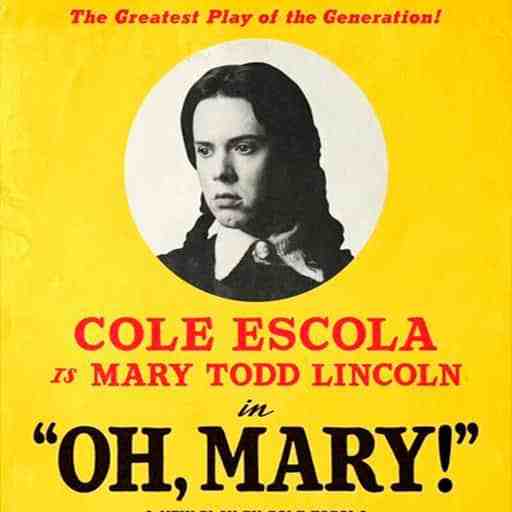 Apr2720245:00 PMSatPrices from $364TicketsAvg. price ~ $4202 tickets remaining!
Apr2720245:00 PMSatPrices from $364TicketsAvg. price ~ $4202 tickets remaining! -
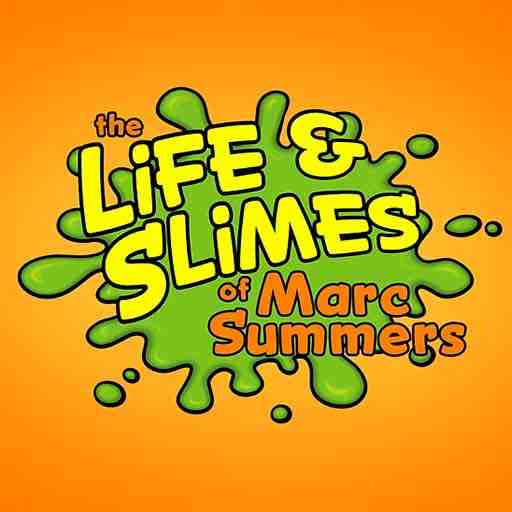 Apr2720248:00 PMSatNew World Stages: Stage 5 | Capacity: 19910019, 340 West 50th Street, New York, NY, USPrices from $64TicketsAvg. price ~ $8323 tickets remaining!
Apr2720248:00 PMSatNew World Stages: Stage 5 | Capacity: 19910019, 340 West 50th Street, New York, NY, USPrices from $64TicketsAvg. price ~ $8323 tickets remaining! -
 Apr2720248:00 PMSatWestside Theatre Upstairs | Capacity: 29910036, 407 West 43rd St, New York, NY, USPrices from $194TicketsAvg. price ~ $30214 tickets remaining!
Apr2720248:00 PMSatWestside Theatre Upstairs | Capacity: 29910036, 407 West 43rd St, New York, NY, USPrices from $194TicketsAvg. price ~ $30214 tickets remaining! -
 Apr2720248:00 PMSatPrices from $79TicketsAvg. price ~ $133Available Tickets: 123
Apr2720248:00 PMSatPrices from $79TicketsAvg. price ~ $133Available Tickets: 123 -
 Apr2720248:30 PMSatPrices from $228TicketsAvg. price ~ $31510 tickets remaining!
Apr2720248:30 PMSatPrices from $228TicketsAvg. price ~ $31510 tickets remaining! -
 Apr28202412:00 PMSunNew World Stages: Stage 2 | Capacity: 35010019, 340 West 50th Street, New York, NY, USPrices from $74TicketsAvg. price ~ $178Available Tickets: 73
Apr28202412:00 PMSunNew World Stages: Stage 2 | Capacity: 35010019, 340 West 50th Street, New York, NY, USPrices from $74TicketsAvg. price ~ $178Available Tickets: 73 -
 Apr2820242:00 PMSunPrices from $79TicketsAvg. price ~ $171Available Tickets: 101
Apr2820242:00 PMSunPrices from $79TicketsAvg. price ~ $171Available Tickets: 101 -
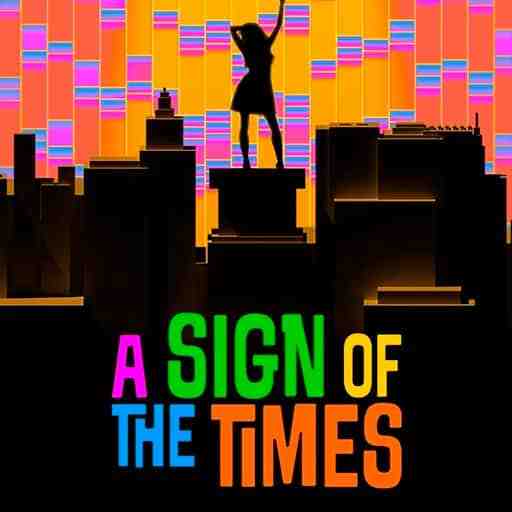 Apr2820242:00 PMSunNew World Stages: Stage 1 | Capacity: 49910019, 340 West 50th Street, New York, NY, USPrices from $71TicketsAvg. price ~ $28549 tickets remaining!
Apr2820242:00 PMSunNew World Stages: Stage 1 | Capacity: 49910019, 340 West 50th Street, New York, NY, USPrices from $71TicketsAvg. price ~ $28549 tickets remaining! -
 Apr2820242:00 PMSunPrices from $273TicketsAvg. price ~ $3288 tickets remaining!
Apr2820242:00 PMSunPrices from $273TicketsAvg. price ~ $3288 tickets remaining! -
 Apr2820242:00 PMSunWestside Theatre Upstairs | Capacity: 29910036, 407 West 43rd St, New York, NY, USPrices from $146TicketsAvg. price ~ $28937 tickets remaining!
Apr2820242:00 PMSunWestside Theatre Upstairs | Capacity: 29910036, 407 West 43rd St, New York, NY, USPrices from $146TicketsAvg. price ~ $28937 tickets remaining! -
 Apr2820242:00 PMSunNew World Stages: Stage 5 | Capacity: 19910019, 340 West 50th Street, New York, NY, USPrices from $64TicketsAvg. price ~ $15419 tickets remaining!
Apr2820242:00 PMSunNew World Stages: Stage 5 | Capacity: 19910019, 340 West 50th Street, New York, NY, USPrices from $64TicketsAvg. price ~ $15419 tickets remaining! -
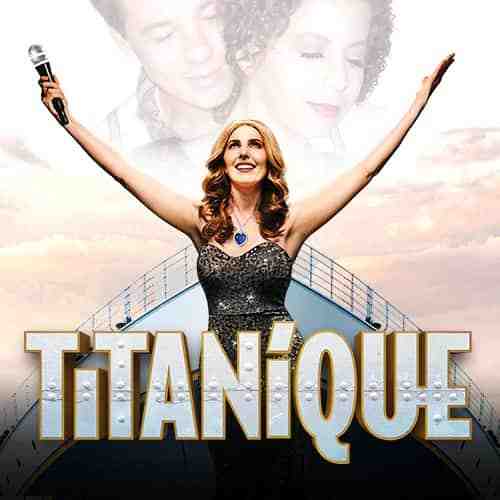 Apr2820243:00 PMSunPrices from $104TicketsAvg. price ~ $28413 tickets remaining!
Apr2820243:00 PMSunPrices from $104TicketsAvg. price ~ $28413 tickets remaining! -
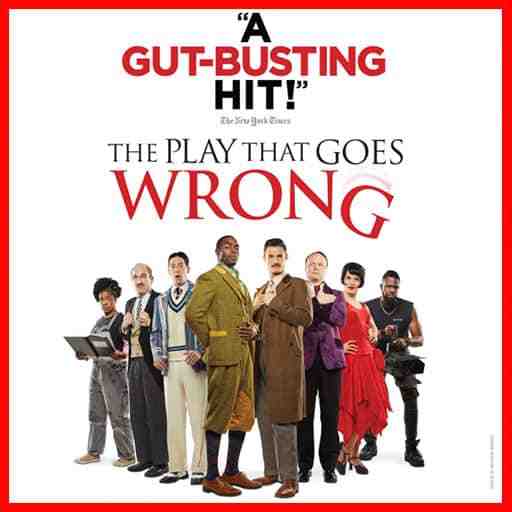 Apr2820243:00 PMSunNew World Stages: Stage 4 | Capacity: 35010019, 340 West 50th Street, New York, NY, USPrices from $81TicketsAvg. price ~ $277Available Tickets: 60
Apr2820243:00 PMSunNew World Stages: Stage 4 | Capacity: 35010019, 340 West 50th Street, New York, NY, USPrices from $81TicketsAvg. price ~ $277Available Tickets: 60 -
 Apr2820243:00 PMSunNew World Stages: Stage 2 | Capacity: 35010019, 340 West 50th Street, New York, NY, USPrices from $74TicketsAvg. price ~ $164Available Tickets: 77
Apr2820243:00 PMSunNew World Stages: Stage 2 | Capacity: 35010019, 340 West 50th Street, New York, NY, USPrices from $74TicketsAvg. price ~ $164Available Tickets: 77 -
 Apr2820245:00 PMSunPrices from $79TicketsAvg. price ~ $156Available Tickets: 127
Apr2820245:00 PMSunPrices from $79TicketsAvg. price ~ $156Available Tickets: 127 -
 Apr2820245:30 PMSunPrices from $237TicketsAvg. price ~ $2928 tickets remaining!
Apr2820245:30 PMSunPrices from $237TicketsAvg. price ~ $2928 tickets remaining! -
 Apr2820247:00 PMSunPrices from $165TicketsAvg. price ~ $3679 tickets remaining!
Apr2820247:00 PMSunPrices from $165TicketsAvg. price ~ $3679 tickets remaining! -
 Apr2820247:00 PMSunNew World Stages: Stage 1 | Capacity: 49910019, 340 West 50th Street, New York, NY, USPrices from $71TicketsAvg. price ~ $292Available Tickets: 55
Apr2820247:00 PMSunNew World Stages: Stage 1 | Capacity: 49910019, 340 West 50th Street, New York, NY, USPrices from $71TicketsAvg. price ~ $292Available Tickets: 55 -
 Apr2820247:30 PMSunWestside Theatre Upstairs | Capacity: 29910036, 407 West 43rd St, New York, NY, USPrices from $201TicketsAvg. price ~ $28621 tickets remaining!
Apr2820247:30 PMSunWestside Theatre Upstairs | Capacity: 29910036, 407 West 43rd St, New York, NY, USPrices from $201TicketsAvg. price ~ $28621 tickets remaining! -
 Apr2820247:30 PMSunAnne L. Bernstein Theater at The Theater Center | Capacity: 19910019, 210 W. 50th Street, New York, NY, USPrices from $100TicketsAvg. price ~ $28310 tickets remaining!
Apr2820247:30 PMSunAnne L. Bernstein Theater at The Theater Center | Capacity: 19910019, 210 W. 50th Street, New York, NY, USPrices from $100TicketsAvg. price ~ $28310 tickets remaining! -
 Apr2820248:00 PMSunPrices from $79TicketsAvg. price ~ $158Available Tickets: 98
Apr2820248:00 PMSunPrices from $79TicketsAvg. price ~ $158Available Tickets: 98 -
 Apr2920247:00 PMMonNew World Stages: Stage 5 | Capacity: 19910019, 340 West 50th Street, New York, NY, USPrices from $64TicketsAvg. price ~ $18919 tickets remaining!
Apr2920247:00 PMMonNew World Stages: Stage 5 | Capacity: 19910019, 340 West 50th Street, New York, NY, USPrices from $64TicketsAvg. price ~ $18919 tickets remaining! -
 Apr2920247:00 PMMonPrices from $77TicketsAvg. price ~ $158Available Tickets: 101
Apr2920247:00 PMMonPrices from $77TicketsAvg. price ~ $158Available Tickets: 101 -
 Apr2920247:00 PMMonNew World Stages: Stage 1 | Capacity: 49910019, 340 West 50th Street, New York, NY, USPrices from $71TicketsAvg. price ~ $301Available Tickets: 54
Apr2920247:00 PMMonNew World Stages: Stage 1 | Capacity: 49910019, 340 West 50th Street, New York, NY, USPrices from $71TicketsAvg. price ~ $301Available Tickets: 54 -
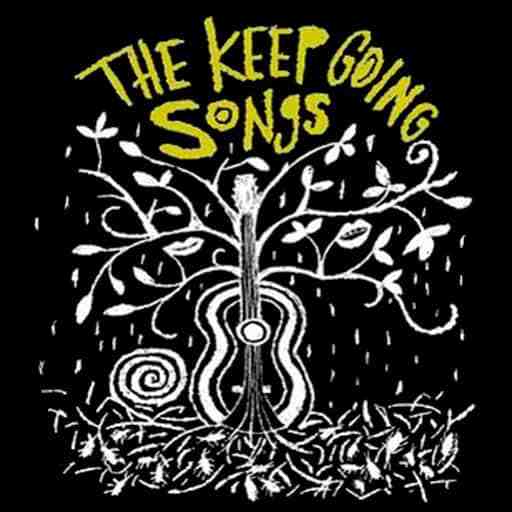 Apr2920247:00 PMMon10023, 150 west 65th street, New York, NY, USPrices from $218TicketsAvg. price ~ $2514 tickets remaining!
Apr2920247:00 PMMon10023, 150 west 65th street, New York, NY, USPrices from $218TicketsAvg. price ~ $2514 tickets remaining! -
 Apr2920247:00 PMMonNew World Stages: Stage 4 | Capacity: 35010019, 340 West 50th Street, New York, NY, USPrices from $81TicketsAvg. price ~ $242Available Tickets: 60
Apr2920247:00 PMMonNew World Stages: Stage 4 | Capacity: 35010019, 340 West 50th Street, New York, NY, USPrices from $81TicketsAvg. price ~ $242Available Tickets: 60 -
 Apr2920247:00 PMMonPrices from $336TicketsAvg. price ~ $4149 tickets remaining!
Apr2920247:00 PMMonPrices from $336TicketsAvg. price ~ $4149 tickets remaining!
Show More
Off-Broadway Show Listing

Blue Man Group
Upcoming Shows: 406
Astor Place Theatre
Apr 27, 2024 2:00 PM 
Oh, Mary!
Upcoming Shows: 107
Lucille Lortel
Apr 27, 2024 5:00 PM 
The Life and Slimes of Marc Summers
Upcoming Shows: 37
New World Stages: Stage 5
Apr 27, 2024 8:00 PM 
A Sign of the Times
Upcoming Shows: 42
New World Stages: Stage 1
Apr 28, 2024 2:00 PM 
Stalker
Upcoming Shows: 144
New World Stages: Stage 3
Apr 29, 2024 7:00 PM 
The Keep Going Songs
Upcoming Shows: 30
Lincoln Center Theater - Claire Tow Theater
Apr 29, 2024 7:00 PM 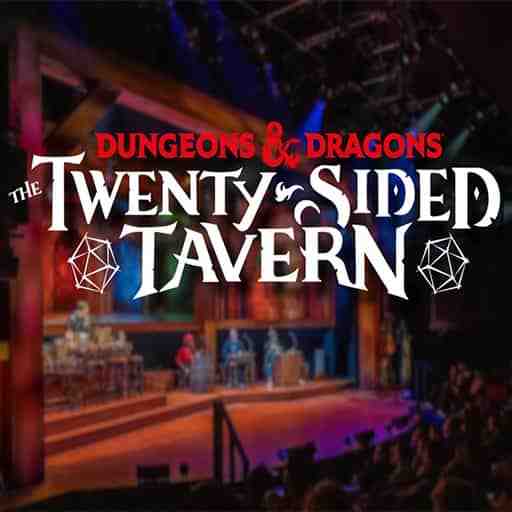
Dungeons & Dragons: The Twenty-Sided Tavern
Upcoming Shows: 187
Stage 42 - New York
Apr 29, 2024 7:30 PM 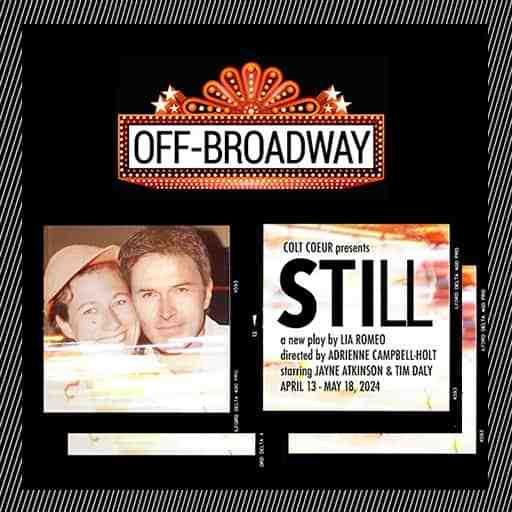
Still - Theatrical production
Upcoming Shows: 18
Dr2 Theatre
Apr 30, 2024 7:00 PM 
October 7
Upcoming Shows: 35
Actors Temple Theater
May 2, 2024 7:30 PM 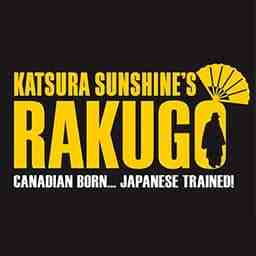
Katsura Sunshine's Rakugo
Upcoming Shows: 8
New World Stages: Stage 2
May 18, 2024 8:00 PM 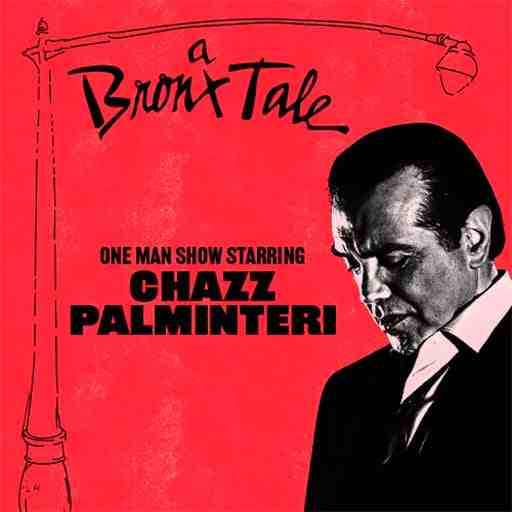
Chazz Palminteri: A Bronx Tale
Upcoming Shows: 2
Mayo Performing Arts Center
Jun 15, 2024 8:00 PM 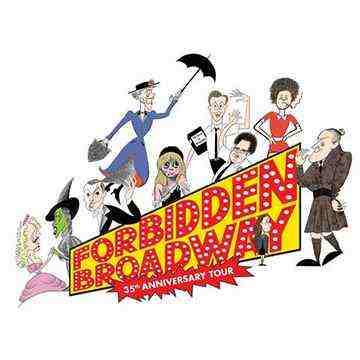
Forbidden Broadway
Upcoming Shows: 85
Helen Hayes Theatre
Jul 15, 2024 8:00 PM Off-Broadway Theatres
Westside Theatre Upstairs
Upcoming Events: 700
Astor Place Theatre
Upcoming Events: 406
New World Stages: Stage 2
Upcoming Events: 281
Daryl Roth Theatre
Upcoming Events: 255
Stage 42 - New York
Upcoming Events: 187
New World Stages: Stage 4
Upcoming Events: 177
New World Stages: Stage 3
Upcoming Events: 144
Anne L. Bernstein Theater at The Theater Center
Upcoming Events: 142
Linda Gross Theater
Upcoming Events: 50
New World Stages: Stage 1
Upcoming Events: 42
New World Stages: Stage 5
Upcoming Events: 37
Actors Temple Theater
Upcoming Events: 35
Lincoln Center Theater - Claire Tow Theater
Upcoming Events: 30
Dr2 Theatre
Upcoming Events: 18
Lucille Lortel
Upcoming Events: 18